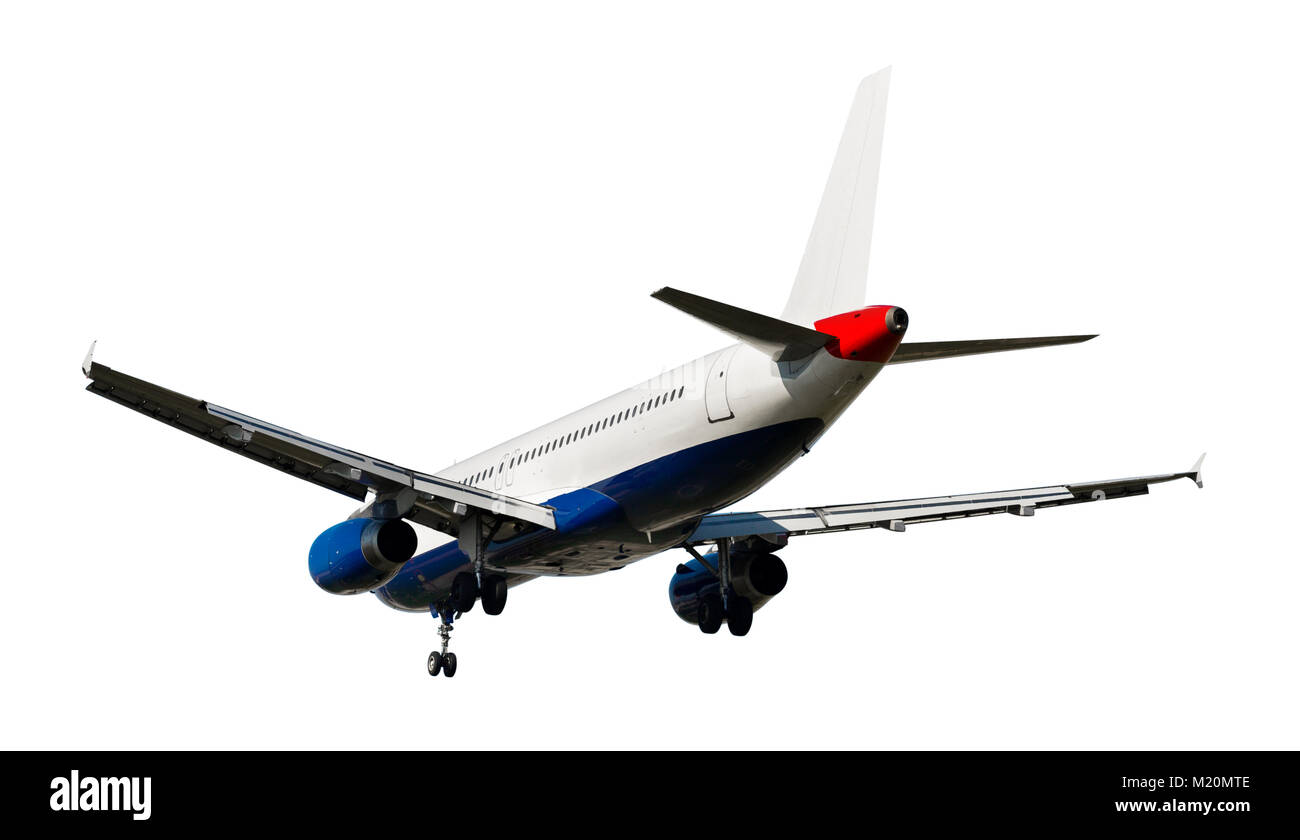

The Army ordered Curtiss to convert six JN-4Ds for the U.S. The JN-4D featured a 90-horsepower Curtiss OX-5 engine. After the war, surplus Jennys were widely used for "barnstorming"-traveling air shows-and they opened the first scheduled air mail service. Known popularly as the "Jenny," the JN-4 taught thousands of Allied pilots to fly during World War I. Army Air Service, the Curtiss JN-4 first flew in 1916. More about early commercial flight Flying the MailĮarly airlines were able to turn a profit through contracts with the federal government to fly the mail. Commercial airlines initially struggled to get off the ground, but with help from the government, who awarded airlines contracts to deliver the mail, they soon began to flourish. As technology improved, aircraft evolved from World War I-style biplanes into sleek, high-performance modern airliners. The story of commercial aviation starts with air mail. While aviation technology has developed a lot since the Wrights time, not much about the basic components of an aircraft has changed! Go to interactive Help Wilbur and Orville assemble the 1903 Flyer and compare it to the parts of a modern airplane. From the Wright Brothers to Todayĭid you know that the parts of airplanes today can be traced directly back to the Wright Flyer and the work of Orville and Wilbur Wright? In this episode of STEM in 30, we trace the family tree of the airplane from that first flight on December 17, 1903, to today-all from inside a United Airlines 76. Learn more about some of these aircraft below. Our collection of commercial aircraft, such as the well-known Boeing 747, help tell the history of America by air. The Museum's collection holds a variety of different airplanes which help tell the story of flight. Have you ever traveled on a jumbo jet and wondered how people might have traveled by air before its invention?

Early Commercial Airliners The First Modern Airliners Jet Airliners


 0 kommentar(er)
0 kommentar(er)
